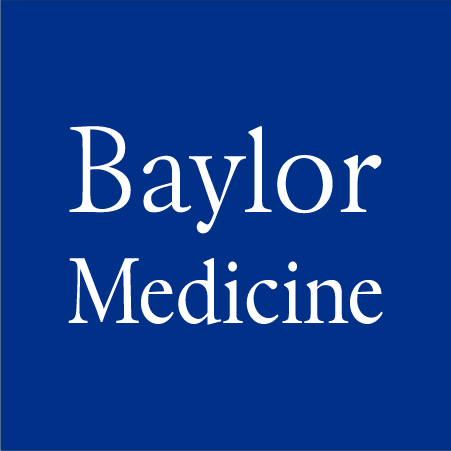Language
English
Publication Date
3-1-2023
Journal
European Journal of Human Genetics
DOI
10.1038/s41431-022-01255-y
PMID
36474027
PMCID
PMC9995493
PubMedCentral® Posted Date
12-6-2022
PubMedCentral® Full Text Version
Post-print
Abstract
Evidence suggests that genetic factors contribute to the development of anorectal malformations (ARMs). However, the etiology of the majority of ARMs cases remains unclear. Exome sequencing (ES) may be underutilized in the diagnostic workup of ARMs due to uncertainty regarding its diagnostic yield. In a clinical database of ~17,000 individuals referred for ES, we identified 130 individuals with syndromic ARMs. A definitive or probable diagnosis was made in 45 of these individuals for a diagnostic yield of 34.6% (45/130). The molecular diagnostic yield of individuals who initially met criteria for VACTERL association was lower than those who did not (26.8% vs 44.1%; p = 0.0437), suggesting that non-genetic factors may play an important role in this subset of syndromic ARM cases. Within this cohort, we identified two individuals who carried de novo pathogenic frameshift variants in ADNP, two individuals who were homozygous for pathogenic variants in BBS1, and single individuals who carried pathogenic or likely pathogenic variants in CREBBP, EP300, FANCC, KDM6A, SETD2, and SMARCA4. The association of these genes with ARMs was supported by previously published cases, and their similarity to known ARM genes as demonstrated using a machine learning algorithm. These data suggest that ES should be considered for all individuals with syndromic ARMs in whom a molecular diagnosis has not been made, and that ARMs represent a low penetrance phenotype associated with Helsmoortel-van der Aa syndrome, Bardet-Biedl syndrome 1, Rubinstein-Taybi syndromes 1 and 2, Fanconi anemia group C, Kabuki syndrome 2, SETD2-related disorders, and Coffin-Siris syndrome 4.
Keywords
Humans, Anorectal Malformations, Pathology, Molecular, Phenotype, Frameshift Mutation, Rubinstein-Taybi Syndrome, DNA Helicases, Nuclear Proteins, Transcription Factors, Microtubule-Associated Proteins, Genetics research, Anal diseases, Medical genetics, Developmental biology, Next-generation sequencing
Published Open-Access
yes
Recommended Citation
Belanger Deloge, Raymond; Zhao, Xiaonan; Luna, Pamela N; et al., "High Molecular Diagnostic Yields and Novel Phenotypic Expansions Involving Syndromic Anorectal Malformations" (2023). Faculty and Staff Publications. 2307.
https://digitalcommons.library.tmc.edu/baylor_docs/2307
Included in
Biological Phenomena, Cell Phenomena, and Immunity Commons, Biomedical Informatics Commons, Genetics and Genomics Commons, Medical Genetics Commons, Medical Molecular Biology Commons, Medical Specialties Commons


